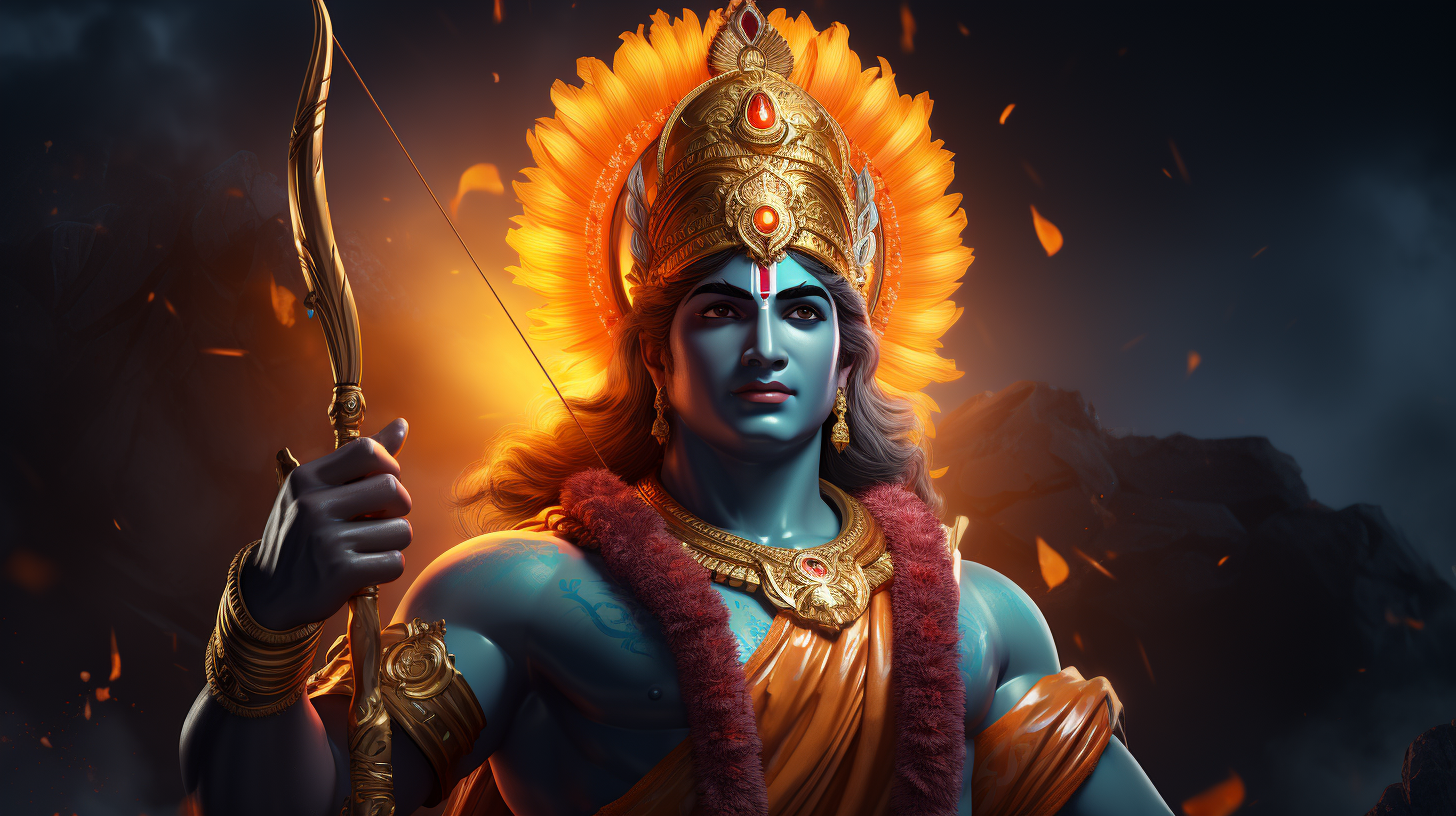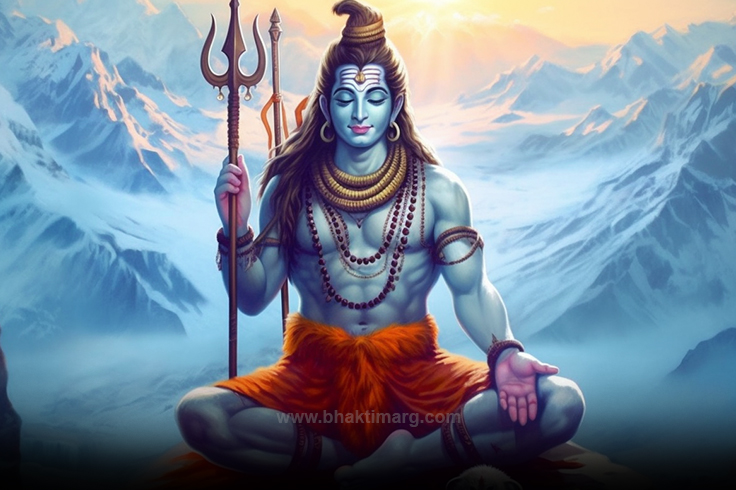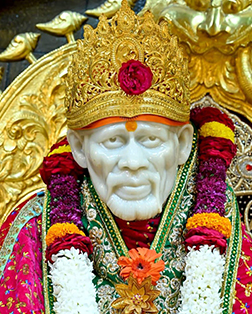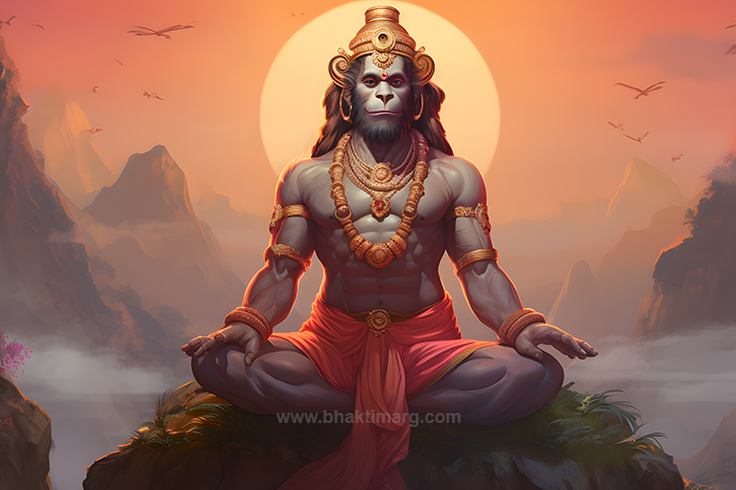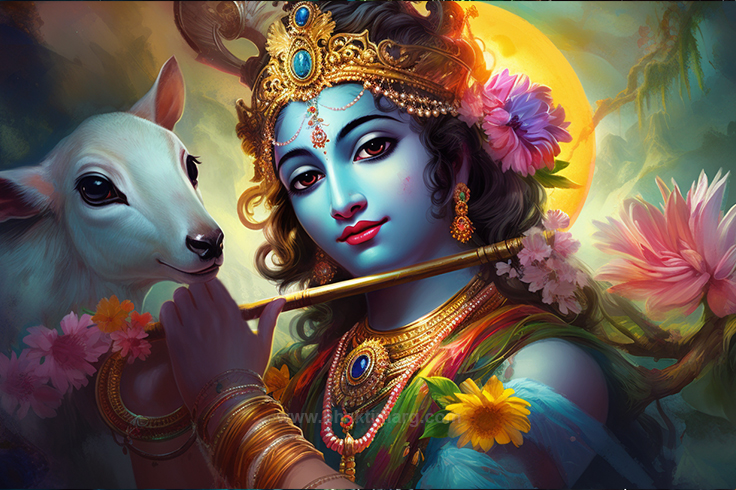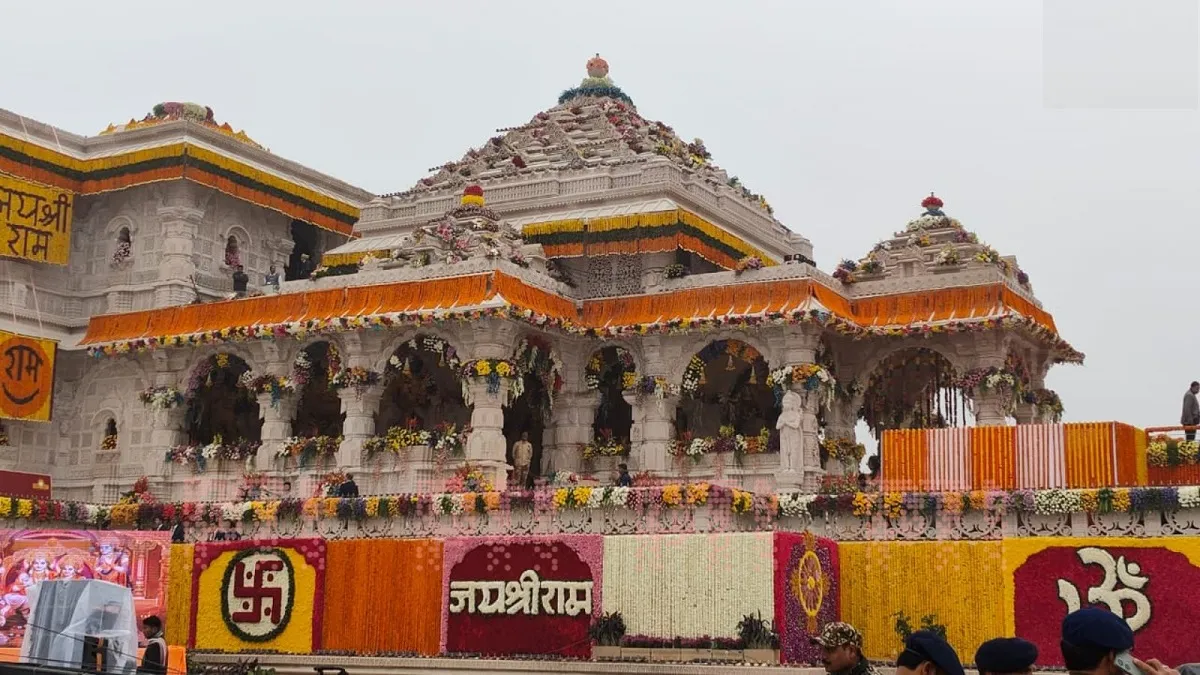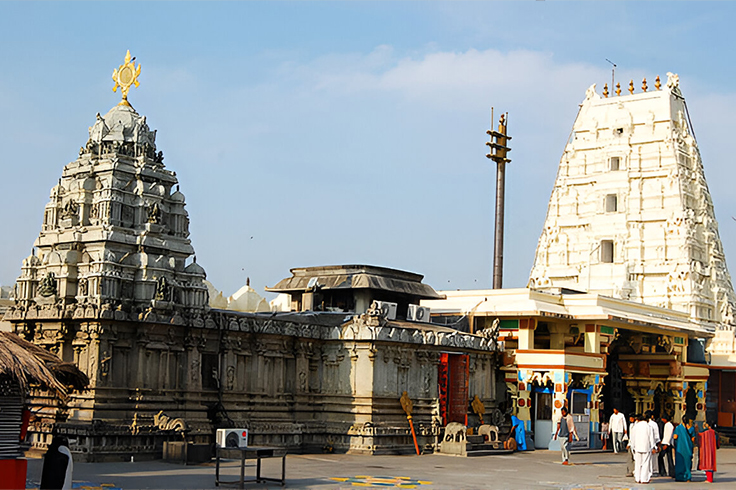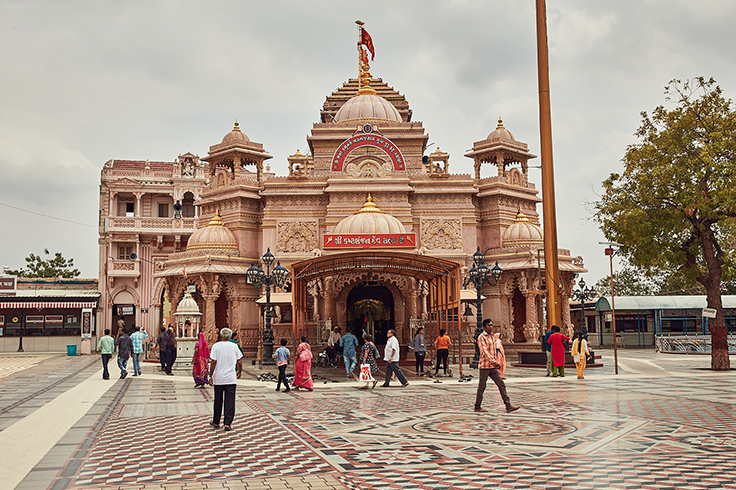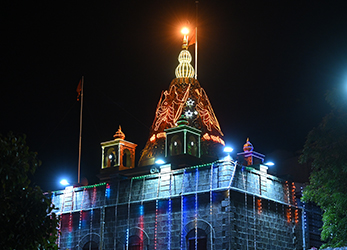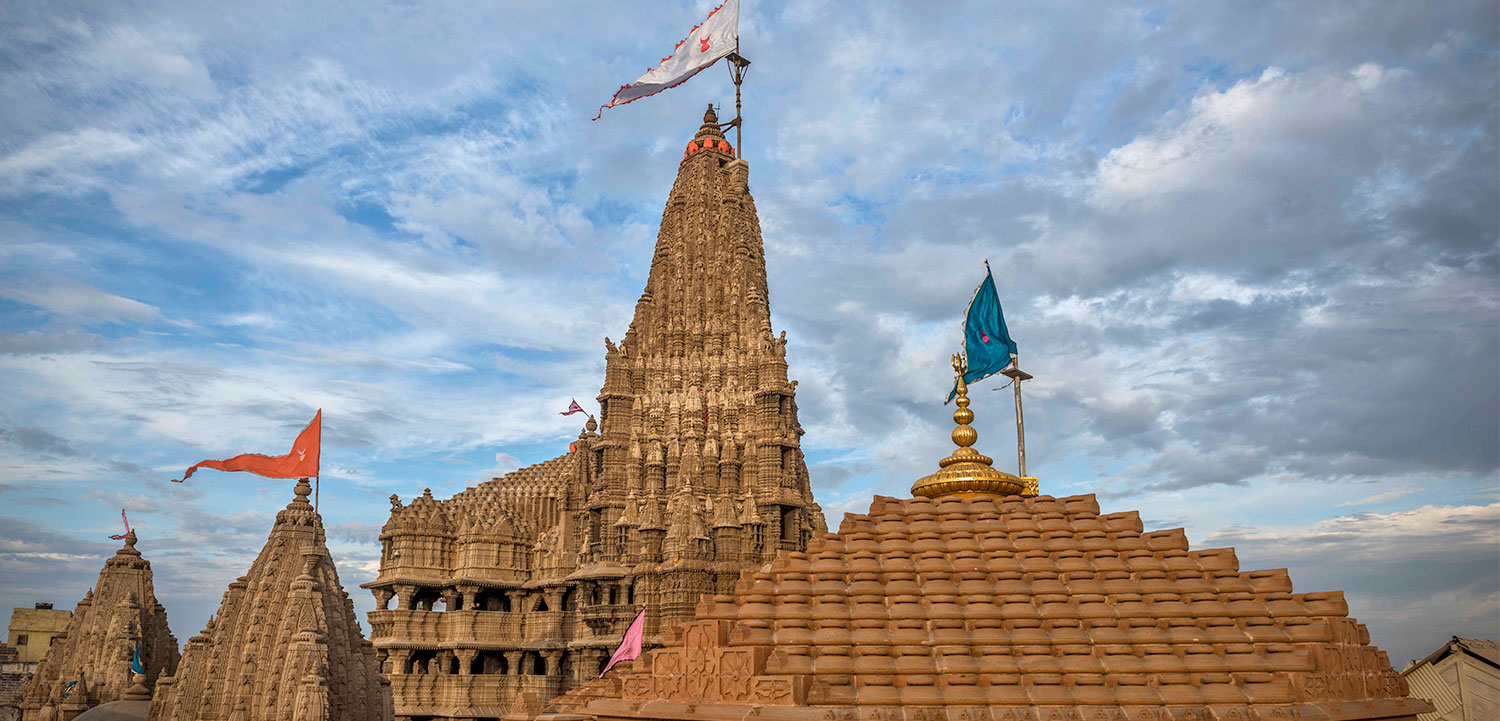
Holi 2025 – The Festival of Colors: Date, History, Significance, and Celebration
Holi, also known as the Festival of Colors, is one of the most significant and vibrant festivals in India. Hindus celebrate it across the country and in many parts of the world. Holi in India marks the arrival of spring and the victory of good over evil. Holi is a time for joy, unity, and the breaking of social barriers through the playful throwing of colors, water balloons, and festive gatherings. Holi 2025 will bring people together once again in a riot of colors, music, and happiness. A quick exploration of the Holi 2025 date, its history, significance, and why Holi is celebrated in India.
Holi 2025 Date in India
Holi in India is celebrated every year on the full moon (Purnima) day of the Hindu month of Phalguna, which commonly occurs in March. The Holi date in 2025 is March 14, with Holika Dahan taking place on March 13, 2025. The celebration of Holi the festival of colors begins with Holika Dahan, followed by the colorful festivities the next day.
The Mythological Aspects of Holi – Popular Holi Stories
Holi festival of colors is deeply rooted in Hindu mythology through various legends. It symbolizes the victory of good over evil, the arrival of spring, and divine love. While there are no factual evidence of Holi history, some answers to the popular question – why is Holi festival celebrated include:
1. The Holi Dahan Story (Victory of Good over Evil)
This is the most widely accepted mythological origin of Holi. According to Hindu scriptures, Hiranyakashipu, a powerful demon king, wanted to be worshipped as a god. However, his son, Prahlada, remained a sincere follower of Lord Vishnu. Enraged by his son’s defiance, Hiranyakashipu sought to kill Prahlada.
He enlisted the help of his sister, Holika, who had a boon that made her immune to fire. She sat in a blazing fire with Prahlada on her lap, expecting him to perish. However, due to divine intervention, Holika burned while Prahlada emerged unscathed. This event symbolizes the triumph of righteousness over wickedness.
The Holika Dahan (bonfire) ritual performed on the eve of Holi reenacts this event, signifying the burning away of evil and impurities. It is an integral part of the celebration of Holi festival.
2. The Legend of Radha and Krishna (Festival of Love and Joy)
Holi is also associated with Lord Krishna and Radha, representing divine love. According to mythology, Krishna, who had a dark complexion, was insecure about his appearance compared to Radha’s fair skin. His mother, Yashoda, playfully suggested he apply color to Radha’s face.
This playful act became a tradition and is celebrated as “Lathmar Holi” in Barsana and “Phoolon Ki Holi” in Vrindavan. The festival thus honors the joyful and mischievous love of Radha-Krishna, making it a celebration of unity and affection.
3. The Story of Kamadeva (Sacrifice and Rebirth)
Another mythological tale links Holi to Kamadeva, the god of love. According to legend, when Lord Shiva was in deep meditation after Goddess Sati’s demise, the gods feared that he would not fulfill his cosmic role. They sent Kamadeva to awaken Shiva with his arrows of love.
However, Shiva, enraged at the disturbance, opened his third eye and incinerated Kamadeva. Later, upon the pleas of Kamadeva’s wife, Rati, Shiva resurrected him but only as a spiritual form (Ananga, the bodiless one). Holi thus represents sacrifice, devotion, and renewal.
4. The Legend of Ogress Dhundhi
In some parts of India, Holi is linked to the story of an ogress named Dhundhi, who terrorized children in the kingdom of Prithu. Due to a curse, she could not withstand mischief and laughter. On the day of Holi, village boys chased her away with songs, shouts, and pranks. This story adds to the playful and mischievous spirit of the festival.
The Significance of Holi Festival and Holi Celebration Meaning
- Victory of Good over Evil – As seen in the story of Prahlada and Holika.
- Love and Devotion – Represented through Radha-Krishna’s divine love.
- Sacrifice and Renewal – Through Kamadeva’s tale.
- Community and Joy – Emphasized by the playful celebrations and color-throwing tradition.
Thus, Holi is not just a festival of colors but a deeply symbolic and mythologically significant event that brings people together in the spirit of joy, devotion, and renewal.
Cultural Holi significance

Holi, often called the “Festival of Colors,” is one of the most vibrant and widely celebrated festivals in India and other parts of the world where Indian communities reside. Holi India celebration carries deep cultural and social significance, transcending religious boundaries and fostering unity, joy, and renewal.
1. Victory of Good over Evil
Holi is rooted in Hindu mythology, particularly the legend of Prahlad and Holika. According to the story, Prahlad, a devotee of Lord Vishnu, was saved from his evil father King Hiranyakashipu and his aunt Holika. Holika, who had a boon to be immune to fire, tried to burn Prahlad but perished instead, symbolizing the triumph of good over evil. This is why Holika Dahan (bonfire night) is observed before Holi, signifying purification and the burning away of negativity.
2. Celebration of Spring and Harvest
Holi marks the arrival of spring and the end of winter, celebrating nature’s renewal. It is linked to agricultural abundance, as it coincides with the harvest of Rabi crops in northern India. Farmers rejoice in the prosperity of their harvest, making Holi a festival of gratitude and hope. Modern India relates closely to this interpretation of Holi festival importance.
3. Mythological Connection with Lord Krishna
Holi is closely associated with Lord Krishna and Radha. The playful throwing of colors originates from the legend that Krishna, with his dark complexion, playfully smeared colors on Radha’s fair skin. This aspect of Holi emphasizes love, joy, and companionship, making it a festival of romance and unity.
Social Significance of Holi

1. Breaking Social Barriers
Holi is a festival where social hierarchies dissolve, at least temporarily. People of all backgrounds—regardless of caste, gender, age, or economic status—come together to celebrate. The application of colors makes everyone look alike, promoting equality and fraternity.
2. Forgiveness and Renewal of Relationships
Holi is seen as a time to forgive past grievances and mend broken relationships. Many people visit friends, family, and neighbors, offering sweets and hugs as a gesture of reconciliation.
3. Community Bonding and Joy
The festival is celebrated with music, dance, feasts, and cultural programs, fostering community spirit. Public spaces become arenas of joy where people sing traditional folk songs, play instruments like the dhol, and engage in communal revelry.
4. Promotes Diversity and Unity
Although Holi is a Hindu festival, it is embraced by people of various religions and cultures in India and abroad. The festival spreads a message of harmony and inclusivity, reflecting the pluralistic ethos of Indian society.
Holi is much more than just a festival of colors—it is a celebration of life, love, and unity. Its deep-rooted cultural and social significance makes it a time of renewal, joy, and togetherness, reinforcing the values of harmony, equality, and the victory of good over evil.
Spiritual Significance of Holi

Holi is not just a celebration of joy and togetherness but also holds deep spiritual and psychological significance.
1. Victory of Good Over Evil –
Holi commemorates the legend of Prahlada and Holika, where devotion to Lord Vishnu triumphed over the arrogance and tyranny of Prahlada’s father, the demon king Hiranyakashipu. The burning of Holika (Holika Dahan) symbolizes the destruction of negativity, ego, and evil, reinforcing the idea that faith and righteousness always prevail.
2. Divine Love and Playfulness –
Holi is closely associated with Lord Krishna and Radha, symbolizing divine love, unity, and the joyous aspects of devotion. The playful application of colors represents breaking social norms and experiencing spiritual oneness beyond worldly identities.
3. Purification and Renewal –
The bonfire (Holika Dahan) is believed to cleanse the environment and the soul, signifying the burning away of past sins, impurities, and negative energies. It serves as a spiritual reset, encouraging inner transformation.
4. Breaking Barriers of Caste and Status –
Holi dissolves social distinctions, reinforcing the idea that at a soul level, everyone is equal. It encourages humility, forgiveness, and embracing the divine presence in all.
Psychological Significance of Holi

1. Catharsis and Emotional Release –
Holi allows people to express emotions freely, helping release pent-up stress, anger, and negative feelings. Throwing colors, singing, and dancing become a form of emotional healing.
2. Promotes Joy and Positivity –
Colors, music, and community bonding activate dopamine and serotonin, the “happiness hormones,” boosting mood and mental well-being. It fosters laughter, which has proven psychological benefits.
3. Symbolic Letting Go –
Just as winter gives way to spring, Holi represents letting go of grudges, pain, and worries. The ritual of smearing colors metaphorically signifies covering past sorrows with new joyful beginnings.
4. Strengthening Relationships –
The tradition of applying colors fosters forgiveness and reconciliation. People mend broken relationships, dissolve misunderstandings, and start afresh with love and goodwill.
5. Encourages Living in the Present –
The festival emphasizes spontaneity, playfulness, and mindfulness, allowing individuals to break free from routine and immerse themselves in the joy of the present moment.
Holi is much more than just a festival of colors; it is a deeply symbolic event promoting spiritual awakening, psychological healing, and emotional liberation. It teaches us to let go of negativity, embrace joy, and recognize the divine unity in all beings. Whether through rituals, social interactions, or the vibrant play of colors, Holi rejuvenates the mind and spirit, reminding us of life’s transient yet beautiful nature.
The Celebration and Rituals of Holi – How And Why Holi Celebration

Holi is a two-day Hindu festival celebrated with great enthusiasm across India and many parts of the world. While the history about Holi is unclear, the festival involves various rituals, traditions, and cultural practices that vary from region to region. Below is a detailed explanation of how Holi is celebrated and the significance of its rituals.
Day 1: Holika Dahan (Chhoti Holi) – The Bonfire Ritual
Significance: Holika Dahan symbolizes the victory of good over evil, recalling the story of Prahlad and Holika. This ritual is performed on the night before the main Holi celebration.
Rituals of Holika Dahan:
Preparation of the Bonfire: Days before Holika Dahan, people collect wood, dried leaves, and other flammable materials to build a large bonfire in open spaces, such as streets, courtyards, or community grounds. Some communities also include an effigy of Holika (the demoness) to represent her burning.
The Auspicious Timing (Muhurta): The bonfire is lit after sunset based on an astrologically determined muhurta (auspicious time).
Performing Puja (Worship): People meet around the blaze and perform puja, praying for prosperity and well-being. Families offer coconut, wheat grains, sugarcane, and new crops to the fire as an offering to the gods.
Parikrama (Circumambulation): Devotees walk around the fire three or seven times, singing traditional Holi songs and chanting prayers. Some women carry burning embers to seek blessings for their families.
Day 2: Rangwali Holi (Dhuliwandan) – The Festival of Colors
Rangwali Holi, the second day of Holi is the most vibrant part of the festival, filled with colors, music, dance, and feasting.
Morning Celebrations: Playing with Colors
Applying Colors (Gulal and Abeer): People throw gulal (colored powders) and splash colored water on each other. Some use pichkaris (water guns) and balloons filled with colored water.
Singing and Dancing: Holi is incomplete without traditional folk songs, drumming (dhol), and dance. Groups of people, including children and elders, go around their neighborhoods, smearing colors on each other and dancing to festive tunes.
Traditional Holi Drinks & Sweets: Special Holi delicacies are prepared, including: Thandai – A refreshing milk-based drink, sometimes infused with bhang (cannabis) in some regions. Gujiya – A deep-fried sweet dumpling filled with khoya and dry fruits. Malpua, Dahi Vada, Puran Poli, and Namkeens are also popular.
Visiting Friends and Family: Holi is a time to forgive and forget, so people visit friends, family, and even rivals to apply color and exchange sweets.
Afternoon: Rest and Recovery
By noon, most of the celebrations wind down as people wash off the colors and change into clean clothes. Families then enjoy a feast with traditional dishes.
Post-Holi Celebrations & Cleanup
After Holi, people wash off colors and visit temples to seek blessings. Many communities organize cultural programs, fairs, and folk performances. People resume daily life with a sense of renewal, joy, and unity.
Conclusion
Holi celebrations India is a time of joy, unity, and renewal. Holi date 2025 will be celebrated with the same enthusiasm, spreading happiness and positivity across India and beyond. Whether it’s the Holika Dahan story, the playful colors of Krishna and Radha, or the bonding over sweets and music, Holi truly embodies the spirit of togetherness. So, get ready to splash some colors and embrace the magic of Holi 2025!
Read more blogs:




